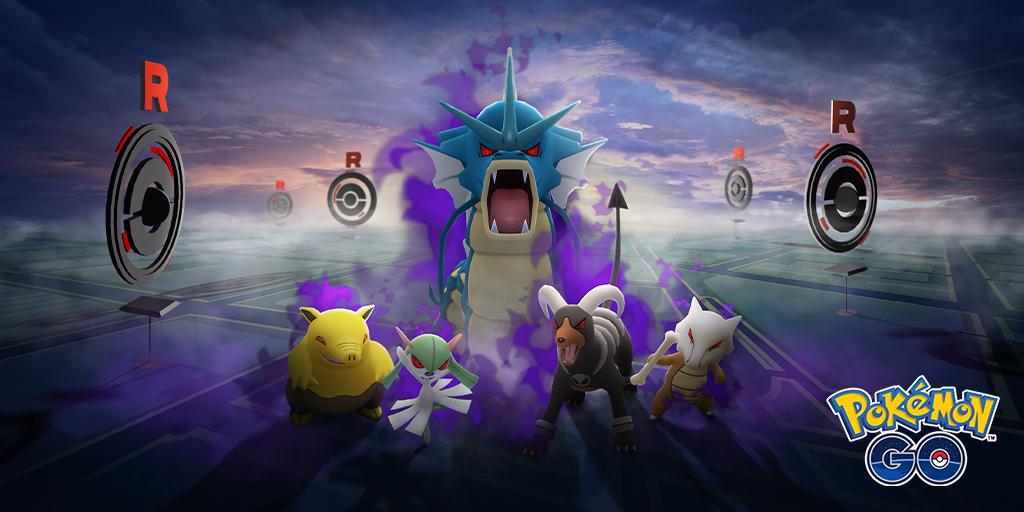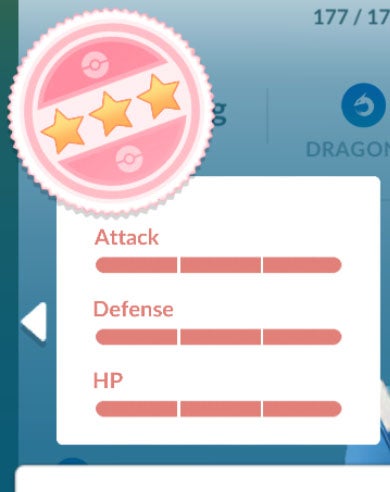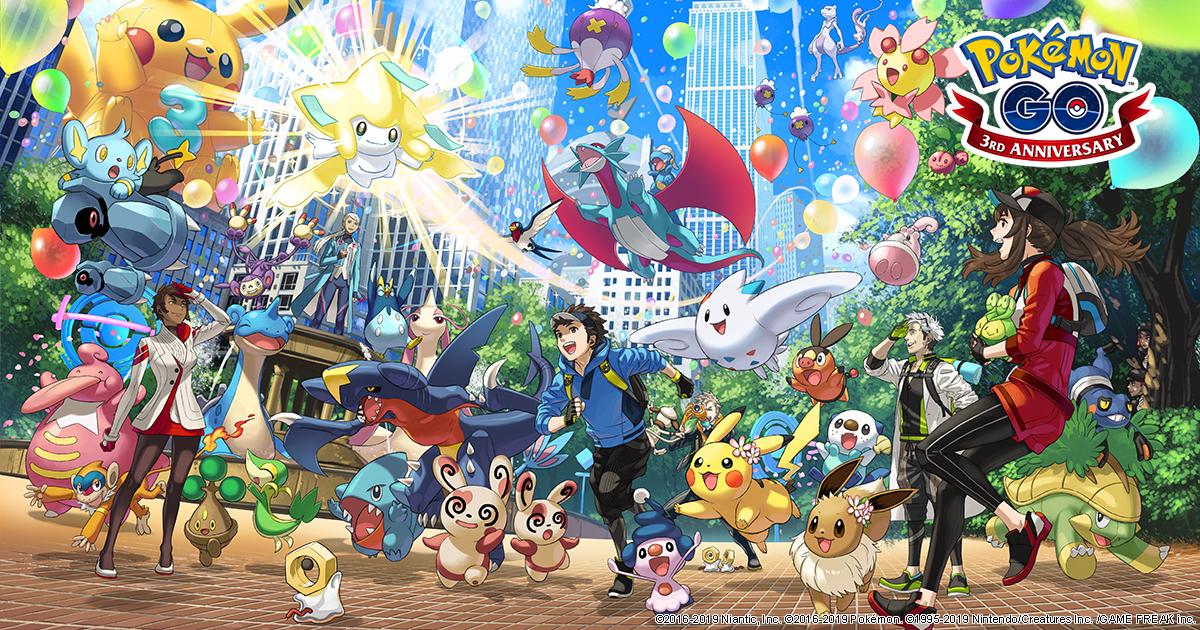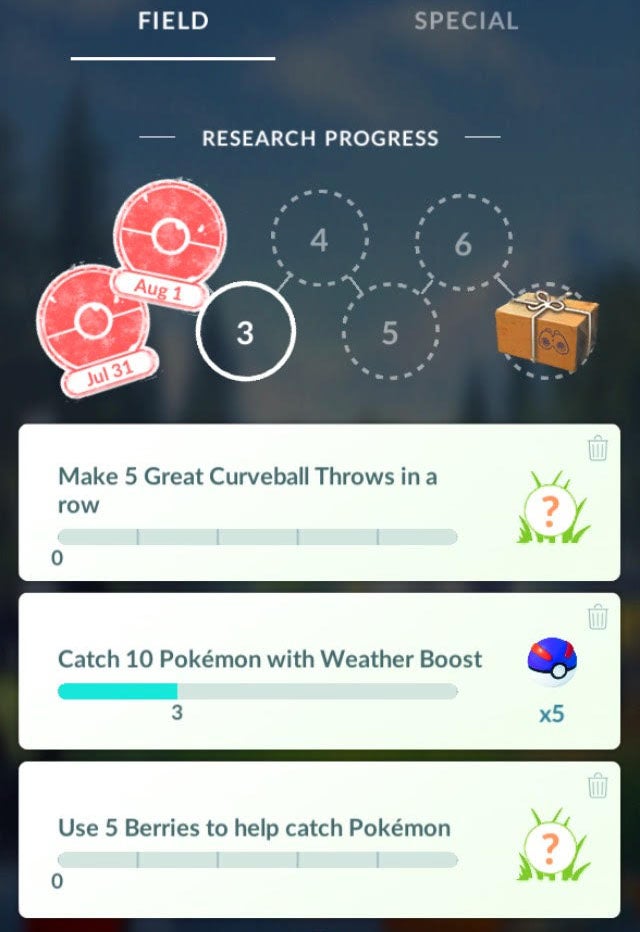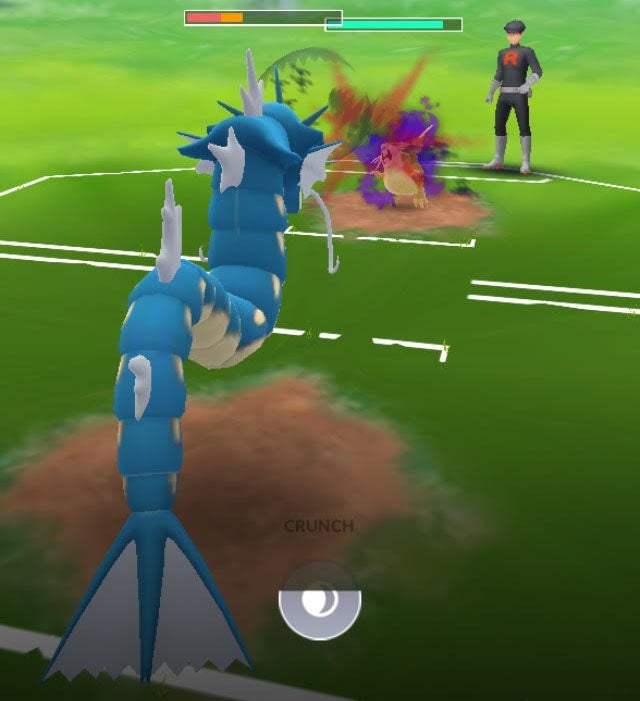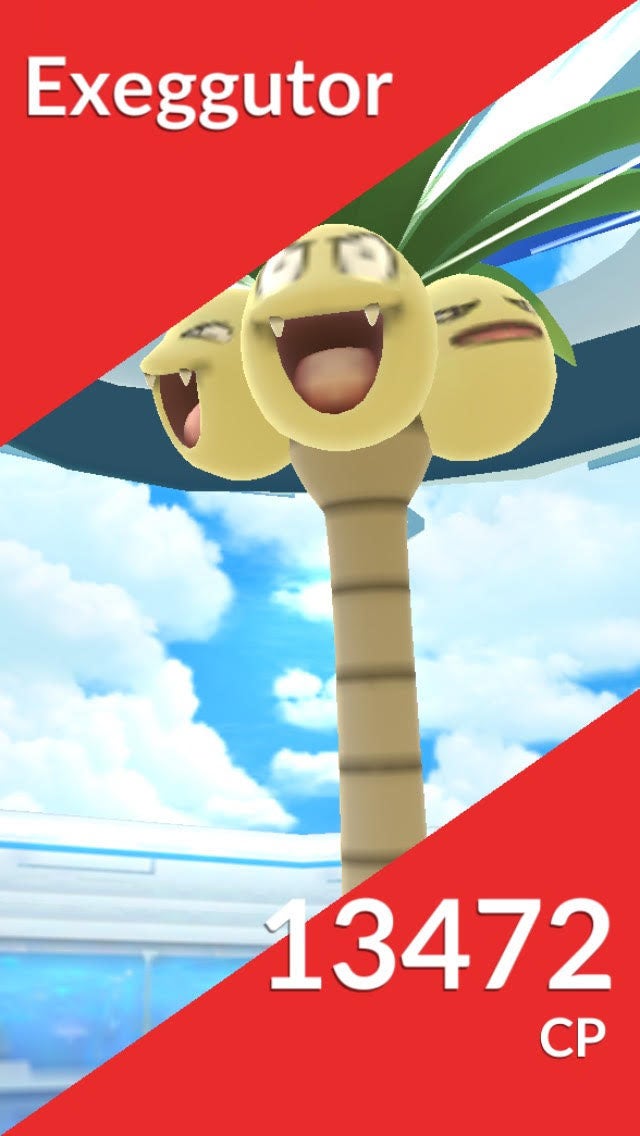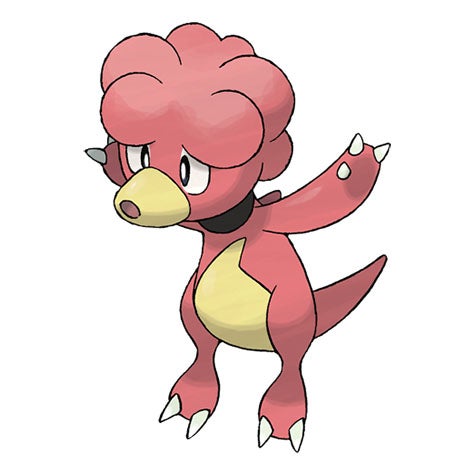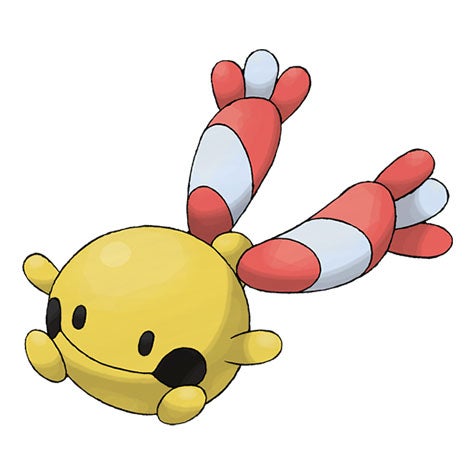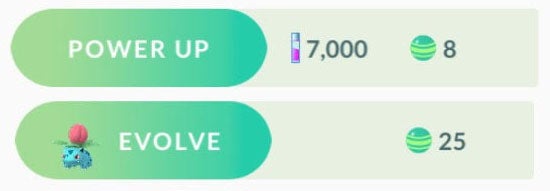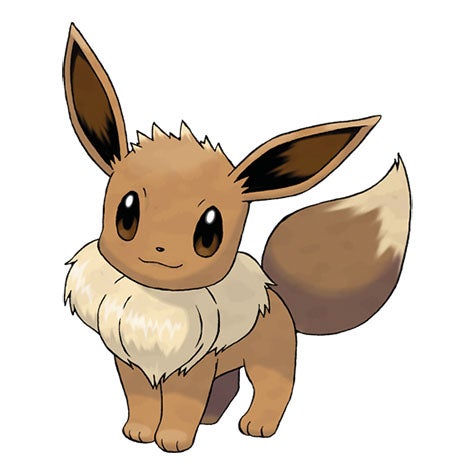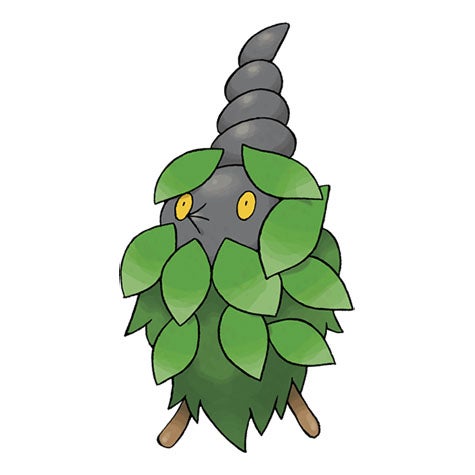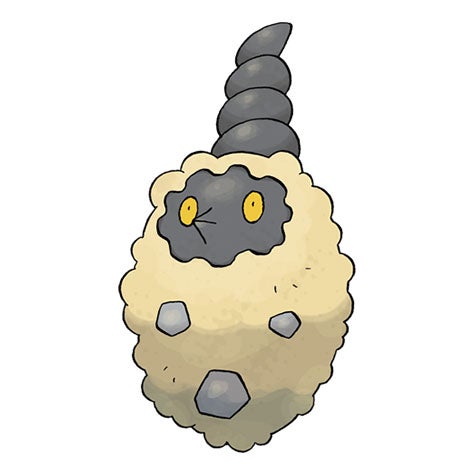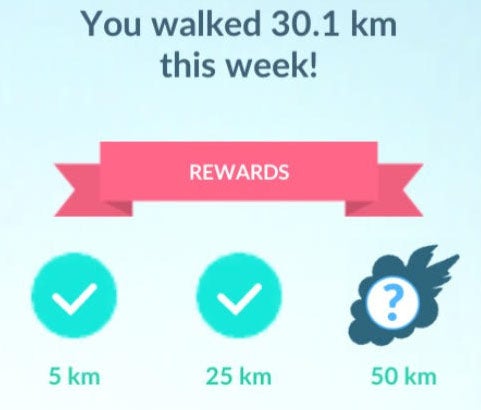You may have heard - or even seen in local parks - a summer resurgence for the game. A big reason is Team Go Rocket has arrived, invading PokéStops and attacking Trainers with their fearsome Shadow Pokémon. That’s not all, though - in the past few years and months, the game has seen many new features and changes. The Pokédex has gone beyond the original 151 to holding entries for Gen 4 and beyond. You can finally battle and trade Pokémon with other Trainers, research tasks offer fun little challenges while special research quests give you the chance to catch Mythical Pokémon, like Mew. Whether you stopped playing Pokémon Go after that first summer, or have been dipping in and out since day one - this Pokémon Go tips and tricks page is for you. Team Go Rocket grunts are invading PokéStops and challenging the Trainers who visit them to battle. If you can defeat the grunt, then you’ll have the opportunity to catch their Shadow Pokémon. Shadow Pokémon are creatures whose hearts have been corrupted by evil. If you want them to return to normal, with some added bonuses, then you must purify them by spending a mixture of Candy and Stardust. There is also a Special Research Tasks storyline - A Troubling Situation - to help introduce you to these exciting new features. Just like in the main Pokémon games, each Pokémon in Pokémon Go has a set of stats - Attack, Defence and HP - that help decide how strong it is. These stats are then combined into an overall CP and IV ranking for that Pokémon, and the reworked Appraisal feature now gives you a ranking for each one, plus an overall star rating. This is all the more important with the arrival of Team Rocket, who are amongst the most challenging encounters in the game - so you know which of the game’s best Pokémon are worth investing your Candy and Stardust in. Especially since the third anniversary image for Pokémon Go teased their introduction by including Gen 5’s starter Pokémon. For more information, check out our guides on Gen 2, Gen 3, Gen 4 and Gen 5. Each task is basically a little challenge for you to complete. It could be anything from catching 10 Normal type Pokémon to hatching 5 eggs. You’ll receive a reward for completing a Field Research Task, which including encounters, Stardust, Rare Candy and other rewards. You receive Field Research Tasks by spinning PokéStops and you can have up to three different Field Research Tasks active at one time. Completing a specific Field Research Task is also the only way you can encounter Spinda - a Normal type Pokémon from Gen 3. Every month a new form of Spinda is released and every month it is hidden by specific, usually quite hard, Field Research Task. Also, for every day you complete a Field Research Task, you’ll receive a stamp - seven stamps equals a Research Breakthrough. Not only will this supply you with even better rewards, possibly including a Sinnoh Stone, but you will get the chance to catch either a very rare or Legendary Pokémon. Don’t forget to collect your daily and weekly experience bonuses from catching your first Pokémon and spinning your first PokéStop of the day either! There are currently five live Special Research Task storylines, three of which ultimately reward you with a Mythical Pokémon - A Mythical Discovery for Mew, A Ripple in Time for Celebi and Let’s Go Meltan. We also know that Jirachi will soon be joining them, thanks to its appearance at the Go Fests in 2019. Jump-Start Research is designed to introduce new and returning players to the many features of Pokémon Go, so if you haven’t played for a while this is the storyline to play. Meanwhile, A Troubling Situation teaches you how to defeat Team Go Rocket. Occurring once a month, each Community Day is themed around a specific Pokémon that is usually very hard to catch. This special Pokémon can be anything from a starter Pokémon, such as Mudkip, or a rarer one typically found in 10k eggs, like Bagon or Dratini, helping you fill in your Pokédex and give you easy access to powerful creatures and some of the Best Pokémon in the game. For three hours on the Community Day, you’ll easily be able to find spawns of this special Pokémon, which can also learn a special move. During this time period, you can also take advantage of a variety of bonuses, including 3-hour lures or double experience points. Once you’re friends, you can start sending gifts to each other, which slowly increase your Friendship Level. Once you become Good Friends, you can start trading Pokémon. There are two different classes of Pokémon trades - Standard, which covers nearly every Pokémon in the Pokédex, and Special, which includes Legendary and Shiny Pokémon and other rare trades that stop players filling up their Pokedex with zero effort. The higher the Friendship level, the higher the Stardust discount. Each trade costs a specific amount of Stardust to complete, with Special Trades costing significantly more. If you’re Friendship Level is high enough, however, you’ll receive a Stardust discount. Meanwhile, you can now engage in Trainer Battles. You either battle fellow Trainers by either scanning their QR code or, if you’re Ultra or Best Friends, you can battle them at a distance. If you want some practise beforehand, you can have practice battles with the leaders of Team Valor, Mystic and Instinct. There are three leagues for you to choose from, each with their own CP cap, giving players a chance to put their entire collection to the test. One of the best new ways to quickly gain experience for your Trainer Level is to have a long list of friends you can send gifts to every day. This will quickly level up your various Friendship Levels and, with every new Friendship Level achieved, you’ll receive a large amount of experience at the end. Despite this, the Trainer level is still capped at Level 40, however! Like PokéStops, Gyms are scattered across the map and has a specific colour depending on which Team is currently holding it - blue for Mystic, red for Valor and yellow for Instinct. If you’re team is protecting a Gym, then you can add a Pokémon to its defense team. Depending on how long your Pokémon guards the Gym for, you’ll be rewarded with some PokéCoins. You can also support your fellow teammates by feeding their Pokémon Berries, increasing their motivation to stay defending the Gym. If a rival team is holding a Gym, however, you can battle their Pokémon until they’re all knocked out, granting you the ability to take over the Gym. Gyms are also where Raids take place. Raids are when you can fight a specific Pokémon, by yourself or as part of a team, with the hope that, once its defeated, you’ll be able to catch it. The Pokémon available in Raids regularly change and can be anything from a Legendary Pokémon, like Entei, to a terrifyingly large Magikarp. There are also special Raid events, such as Raid Hour, where certain Pokémon are more likely to appear. Pokémon are everywhere in Pokémon Go, but what if you’re looking for a specific one? Well, now the game has multiple ways to help you fill in that Pokédex entry. You can use radars to track down Pokémon - simply open up the ‘Nearby’ page, select your chosen Pokémon and then press the picture of the Pokémon feet. A little marker will then appear above the PokéStop this Pokémon is spawning at. There are now also a range of different Lures you can add to PokéStops to bring Pokémon to you. The Glacial Lure, for example, attracts Ice type Pokémon, with the added bonus of allowing you to evolve Eevee into Glaceon. Meanwhile, both weather and location also affect the Pokémon that spawn around you. Certain Pokémon, such as Lotad, will only appear when it rains. While other Pokémon are more likely to appear when your in a specific location; Grass Type Pokémon are more likely to appear in a forest, for example. Finally, you also uncover new Pokémon by hatching eggs. Each egg is hatch by walking a specific distance, from 2 km, 5 km and 10 km eggs, including 7km, which are received in the gifts your friends send you. Each egg type has a set list of Pokémon that can be found from hatching it and, depending on in-game events, sometimes certain Pokémon are more likely to hatch than others. We have a full list of all the Pokémon you can hatch from each type of egg to help you decide which eggs to focus on. Eggs are also the only way you can find baby Pokémon, so if you’re missing their Pokédex entries - it’s time to get walking! You will always have one Incubator that you can use as many times as you like. If want more, however, you’ll have to either unlock them, by levelling up or completing Special Research tasks, or purchase them from the in-game shop using PokéCoins. Farfetch’d, for example, can only be found in Japan and South Korea, while Tauros makes its home in North America. Some are a little more complex - Carnivine only appears in Florida and its surrounding states, due to being tied to the hot swampland found there. While some exclusive Pokémon have rotated their regions, such as Lunatone and Solrock, the only real way to catch regional Pokémon is to either visit their location, to do a special trade with someone who has - or attend one of the game’s annual Go Fests, which sees them spawn their specially for attendees. To evolve most Pokémon you simply need to have a certain amount of that Pokémon’s specific Candy. This is usually:
25 or 50 Candy if the Pokémon only evolve once 12 Candy for the first evolution stage if the Pokemon can be easily found, e.g. Pidgey 50 Candy for the second 25 Candy for the first evolution stage 50 Candy for the second 400 for Magikarp to Gyarados / Wailmer to Wailord / Swablu to Altaria
There are, however, some Pokémon that have special circumstances surrounding their evolution. That first that comes to mind is, of course, Eevee. Eevee can randomly evolve into one of seven different Pokémon, but there are some tricks to help you control this evolution. This includes using either the Mossy Lure or Glacial Lure to evolve Eevee into Leafeon or Glaceon or using the one-off naming trick to decide what Eevee should evolve into. Tyrogue, Feebas, Clamperl and Burmy also have special evolution conditions - for example, Tyrogue chooses its evolution depending on its stats, while Feebas requires you to have walked over 20 km with it as your buddy. There are also a range of special items that will allow you to evolve specific Pokémon. You can receive these items from spinning PokéStop or completing Special Research Tasks. The Sinnoh Stone, however, is only available from battling other Trainers or a Research Breakthrough. The current special evolution items in Pokémon Go are:
Dragon Scale King’s Rock Metal Coat Sinnoh Stone Sun Stone Up-Grade
The big one is obviously Shiny Pokémon. Just like in the main game series, Shiny Pokémon are Pokémon with a different colour palette to what that Pokémon typically has. The most famous example is, of course, Red Gyarados. Thanks to their rarity, Shiny Pokémon are incredibly collectable, especially the Legendary versions. Niantic is slowly adding in Shiny Pokémon in Pokémon Go - at the pace of 2-3 a month, and usually around new themed events - so make sure you keep your eyes out. You can also find Alolan Pokémon. Alolan Forms are special version of a select group of Gen 1 Pokémon that were released for Pokémon Sun and Moon. Both their physical appearance and types are quite different from their original versions. Alolan Ninetails, for example, is an Ice Type. Elsewhere, certain creatures debuted in the game with several different forms. Castform and Cherrim change depending on the weather, while Burmy and Wormadam change depending on the location you find them in. Finally, there are Lucky Pokémon, which are only available through trading with your friends. Lucky Pokémon have a golden aura surrounding them and the Stardust required to power it up is reduced by 50%. This is currently the only way to catch Smeargle in Pokémon Go. Pikachu has also been known to photobomb pictures to celebrate special events, such as the release of Detective Pikachu. This allows Pokémon Go to hatch eggs and collect Candy from your Pokémon Buddy without even having to open the app. Adventure Sync will also reward you depending on how far you’ve walked each week. There are rewards for walking up to more than 5 km, 25 km and 50 km. Curveballs are PokéBalls you’ve spun before throwing and then, upon their release, curve in the direction you’ve rotated them in. A PokéBall rotated clockwise, for example, will curve in a clockwise direction. The trick to throwing Curveball is the starting by rotating the PokéBall around. You then want to drag the PokéBall down into the left-hand corner of the screen, continuing the spinning motion, and then release it when the PokéBall is at the same height as the Pokémon. Assuming the Pokémon doesn’t move, the PokéBall should land on target. Below you can watch YouTuber MegaToysCollector show the L-throw technique in action: You can also receive extra bonuses for Nice, Great and Excellent catches, which are achieved by throwing PokéBalls within a shrinking circle. These teams exist to allow trainers to compete for the different Gyms; defending the ones they have taken over and attacking the one held by the rival teams. You also receive more Premier Balls after a successful raid if you fought alongside your fellow teammates. The differences between Teams basically comes down to colour and your choice of leader. (Spark, the leader of Team Instinct, dabs if that makes a difference.) Though at launch your team choice was fixed, in 2019 it was made possible to change them by purchasing a Team Medallion from the in-game shop. Make this decision wisely, however, as not only does the Team Medallion cost 1000 PokéCoins, but you only purchase one every 365 days (a full year). You can either purchase PokéCoins with actual money from the in-game store or you can earn them by having your Pokémon defend a Gym. For every 10 minutes your Pokémon is in a Gym, you will earn 1 PokéCoin. The cap is 50 PokéCoins per day, and you receive those PokéCoins when your Pokémon leaves the Gym. If you play Pokémon Go on Android, you’ll be able to use promo codes to download some free PokéCoins. Sadly, thanks to Apple, this feature is not available on iOS. PokéCoins are perhaps most useful for upgrading your Bag Storage and your Pokémon Storage.They can also be used to purchase cosmetic items for your Trainer, Lure Modules, Egg Incubators, items, like extra PokéBalls, and much more. The Season of Mythical Wishes continues with the Winter Holiday event, which has brought Mega Glalie to Pokémon Go. Don’t forget to partake in the new Go Battle League season. Elsewhere, be sure to use Daily Adventure Incense for the chance of encountering Galarian Articuno, Galarian Zapdos and Galarian Moltres.
Haven’t started playing Pokémon Go yet? Want a Pikachu as your Starter Pokémon? Well, read this guide to find out how to make Pikachu the first Pokémon in your Pokédex. Can’t find Ditto even after you’ve caught nearly every Pidgey in existence? Then read our guide on how to find Ditto, including a list of all the Pokémon it likes to pretend to be. There are a variety of Progress Medals in Pokémon Go, which you can level up. Some unlock cosmetic items for purchase, while others provide catch bonuses. Use the Favourite System to prevent yourself from accidentally mass transferring a Pokémon. Any Pokémon which has been favorited can’t be transferred. Powering up a Pokémon will heal all its HP, even if its fainted! Just remember - it will still use Candy and Stardust. You can organise your Pokémon Storage to help you find certain Pokémon a lot faster. The options include ‘Recently Caught’, by ‘Number’, by ‘CP’, among others.
